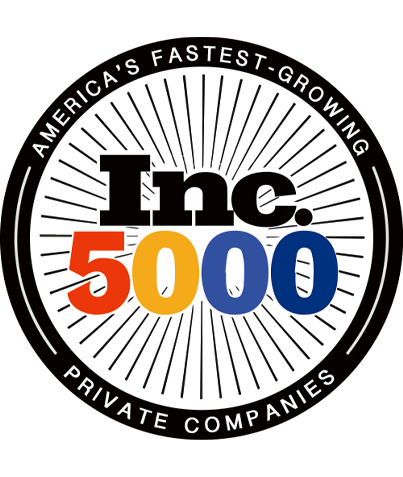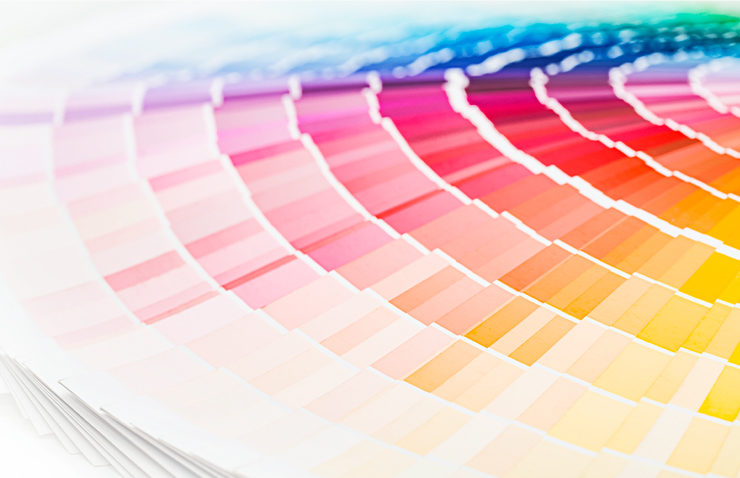Improving Feedback with Graphic Designers
It’s like something out of a nightmare – a deadline is barrelling toward you. The strategy? Executed. The content? Created. But, for whatever reason, the visuals are dragging along like a ball and chain around the ankles of your project. You say blue, your designer says white. Ask for an image of a coffee shop, and for a reason wholly inconceivable to you, the concept your designer delivers is of a coffee cup instead.
Since none of us wants a creative stalemate within our agencies, here are three easy ways to bridge the communication barrier between you and your graphic designer, better understand design, speed up turn-around times, and reduce the number of revisions it takes to reach the graphics you’re envisioning for your project.
1. THE PROBLEM: “These concepts aren’t quite my style.”
Getting back proof that isn’t even in the ballpark of what you were hoping for is frustrating for both parties. Nothing is ready to publish, and you’ve both got to go back to the drawing board to hash out a new concept. When you have clients expecting deliverables by the promised date, this creates a dreadful time-suck of revisions that are eating away at your bottom line.
The Culprit? A lack of communication.
Here is a problem that’s easily fixed. Streamline the transfer of information from you, to the designer, and suddenly your proofs will start coming back just how you envisioned them in your mind.
For example, let’s say you run a company that manufactures artisanal fruit baskets, and you want to hire a designer to create a web banner. Far too often, we’ll ask our designer to begin using a message like this:
“I need some web banners for an upcoming event. Something that really POPS!”
That’s all well and good, but making it “POP” can, unfortunately, be quite a subjective piece of conjecture. Don’t be surprised when your designer’s “POP” varies from your own.
Solutions:
- Create a document that clearly defines your Brand Standards – your colors, typography, and so on. Anytime you need graphics, you will have something to share with your designer that will provide a more concrete jumping-off point.
- Browse sites like Behance, Pinterest, or Dribbble to find concepts similar to what you’re envisioning, and provide a reference image at the beginning of your project.
- Foster a work environment that encourages open communication. The better your team gets at communicating the desired product, the more quickly projects get crossed off your list, which saves you and your client’s money, and opens your agency up to take on new contracts.
2. THE PROBLEM: “We’re on the fifth round of revisions and it’s still wrong!”
If you are slogging through multiple rounds of revision without landing on the design you want, it’s often because it’s difficult to find the language you need to explain to your designer exactly what you’re looking for.
Solutions:
- Consider the way you are providing feedback. Find concrete, specific elements in the design that you want to change. If you comment on the image as a whole, the element you perceive to be creating a certain effect may not be the element that your designer perceives to be at fault.
- Consider how you are proposing your project to the designer. When your proposal is something like “Just make it look really cool!” Chances are, you’ll get a wide variety of results based on who you ask.
- Provide as much information upfront as possible. Reference images, branding documents, and a style guide will speed things up dramatically. If you have specific requirements for copy or thematic imagery ideas, lead the conversation by providing these items. If you have a line of copy in mind, providing it at the outset can help the designer narrow their focus and steer the project in the right direction.
3. THE PROBLEM: “I don’t know how to communicate the changes I am looking for!”
If you’re still at a loss for how to steer things back in the right direction, tell your designer your concerns! After all, you’re not expected to be a design professional – that’s why you’ve hired a graphic designer!
- Start by communicating what you can – what look and feel are you trying to create with your image? Should it be cool, fancy, fun, luxurious, serious, rugged, or modern?
- Use services like GoMoodBoard, Khroma, or FontJoy to generate color and typography elements to create a jumping-off point for your designs. If you’re an “I’ll know if when I see it” kind of person, this can be hugely helpful to put something concrete on the drawing board that your designer can expand upon.
The Takeaway
The keyword in this conversation is communication. Creating a singular point of focus for your team will eliminate wasted time, and send efficiency skyrocketing – which in turn means more contracts, happier clients, and better deliverables.
Our Awards













